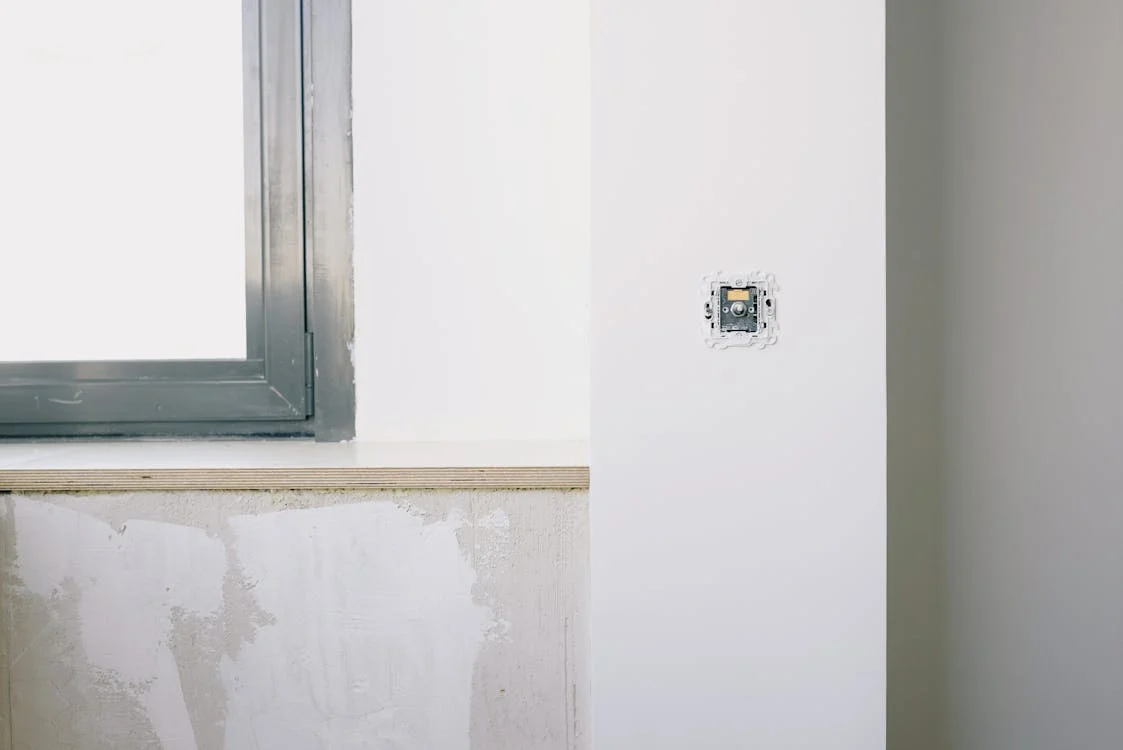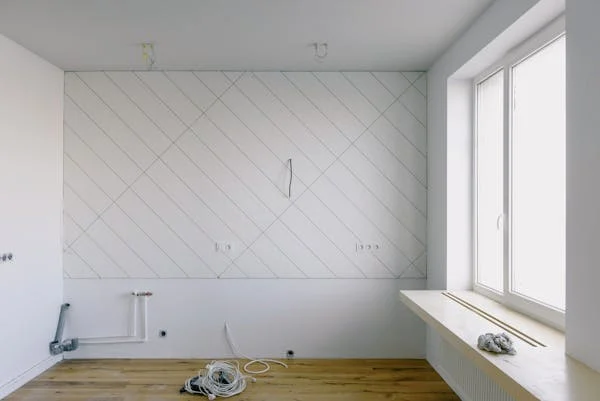Introduction
- Overview of Light Socket Security Cameras
- Importance of Home Security
- Growth of Smart Home Technology
Technical Specifications
- Resolution and Image Quality
- Field of View
- Connectivity Options (Wi-Fi, Bluetooth, etc.)
- Power Supply and Battery Life
- Motion Detection and Alerts
- Storage Options (Cloud, Local)
- Integration with Smart Home Systems
Applications
- light socket security camera
- Commercial and Office Use
- Public Spaces and Street Surveillance
- Temporary Installations (Events, Construction Sites)
Benefits
- Enhanced Security and Monitoring
- Ease of Installation
- Cost-Effectiveness
- Deterrence of Criminal Activity
- Remote Access and Control
Challenges and Limitations
- Privacy Concerns
- Dependence on Internet Connectivity
- Potential for Hacking
- Cost of Subscription Services
- Maintenance and Technical Issues
Latest Innovations
- Advancements in AI and Machine Learning
- Improved Night Vision and Low Light Performance
- Enhanced Motion Detection and Recognition
- Integration with IoT Devices
- Sustainable and Energy-Efficient Models
Future Prospects
- Growth in Smart Home Market
- Emerging Trends in Security Technology
- Potential for AI-Powered Autonomous Security
- Predictions for Market Expansion

Comparative Analysis
- Light Socket Security Cameras vs Traditional Security Cameras
- Light Socket Security Cameras vs Other Smart Security Devices
- Cost-Benefit Analysis
User Guides or Tutorials
- Step-by-Step Installation Guide
- Tips for Optimal Placement
- How to Connect to Wi-Fi and Configure Settings
- Using the Mobile App for Monitoring and Control
- Troubleshooting Common Issues
Importance of Home Security
Home has become a paramount concern for many light socket security camera homeowners and renters alike. With rising concerns about burglaries, package thefts, and other criminal activities, the need for reliable and efficient security measures is more critical than ever. Light socket security cameras provide a practical and accessible option for those looking to bolster their security without extensive modifications to their property.
Growth of Smart Home Technology
The advent of smart home technology has revolutionized the way we approach security and home automation. Devices like light socket security cameras are at the forefront of this movement, integrating seamlessly with other smart home systems to provide comprehensive security solutions. The convenience, versatility, and advanced features offered by these devices have contributed to their growing popularity in the market.
Technical Specifications
Resolution and Image Quality
One of the most critical aspects of any security camera is its resolution and image quality. Light socket security cameras typically offer high-definition video, ranging from 1080p to 4K resolution, ensuring clear and detailed footage. This high resolution is essential for identifying faces, license plates, and other crucial details in the event of a security breach.
Field of View
The field of view (FOV) of a light socket security camera determines the area it can cover. These cameras often feature wide-angle lenses, providing a broad FOV that can range from 90 to 360 degrees. A wider FOV ensures comprehensive coverage, reducing blind spots and ensuring that more area is monitored.
Connectivity Options (Wi-Fi, Bluetooth, etc.)
Connectivity is a vital feature of light socket security cameras, enabling remote access and control. Most models are equipped with Wi-Fi connectivity, allowing users to view live feeds and receive alerts on their smartphones or other devices. Some cameras also support Bluetooth for easy setup and configuration. Advanced models may offer dual-band Wi-Fi for more reliable connections.
Power Supply and Battery Life
Light socket security cameras are designed to draw power from the light socket they are installed in, eliminating the need for separate power sources. This setup ensures continuous operation as long as the socket is powered. Some models may also include backup batteries to ensure functionality during power outages, providing an added layer of security.
Motion Detection and Alerts
Motion detection is a standard feature in light socket security cameras, allowing them to trigger recordings and send alerts when movement is detected. Advanced models utilize AI and machine learning to distinguish between different types of motion, reducing false alarms caused by pets, shadows, or passing vehicles. Users can typically customize sensitivity levels and set specific zones for motion detection.
Storage Options (Cloud, Local)
Storage options for light socket security cameras include both cloud and local storage. Cloud storage offers the advantage of remote access and ensures that footage is safe even if the camera is damaged or stolen. Local storage, often through microSD cards, provides an alternative for those who prefer to keep their data offline. Some models offer hybrid storage options, allowing for both cloud and local backup.
Integration with Smart Home Systems
Integration with smart home systems is a significant advantage of light socket security cameras. These devices can connect with platforms like Amazon Alexa, Google Home, and Apple HomeKit, enabling voice control and automation. This integration allows users to create comprehensive security setups, linking cameras with other smart devices like lights, alarms, and door locks for enhanced protection.
Applications

Residential Security
Light socket security cameras are ideal for residential security, providing homeowners with a discreet and effective monitoring solution. They can be installed in various locations around the home, such as porches, garages, and living rooms, to keep an eye on potential intruders and monitor everyday activities.
Commercial and Office Use
Businesses and office spaces can also benefit from the deployment of light socket security cameras. These cameras can be placed in strategic locations to monitor entry points, employee areas, and critical assets. Their ease of installation and unobtrusive design make them suitable for maintaining a professional appearance while ensuring security.
Public Spaces and Street Surveillance
Public spaces like parks, streets, and community centers can utilize light socket security cameras to enhance public safety. These cameras can be integrated into existing lighting infrastructure, providing continuous surveillance without the need for additional installations. They help deter criminal activity and assist law enforcement in monitoring and responding to incidents.
Temporary Installations (Events, Construction Sites)
Light socket security cameras are also useful for temporary installations, such as at events or construction sites. Their easy setup and portability allow for quick deployment and removal as needed. This flexibility ensures that temporary sites can be monitored effectively without the need for permanent infrastructure.

